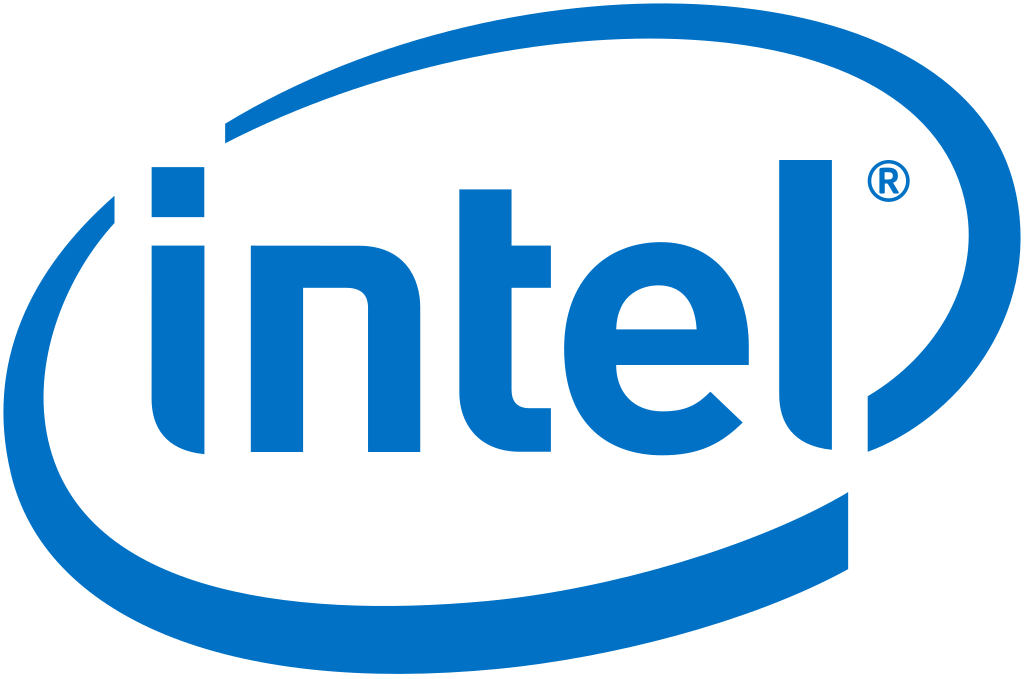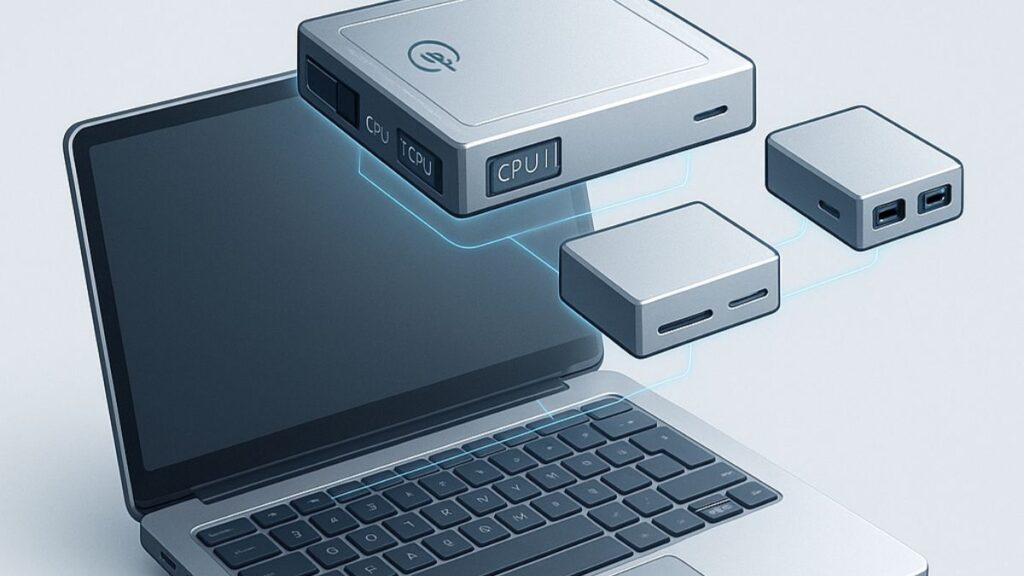“May you live in interesting times” is an ancient Chinese curse that’s often perfectly suited for the tech sector and vendors. A recent example is the painful past few months suffered by Intel.
That began with the surprise exit of CEO Brian Krzanich whose resignation was requested by Intel’s board of directors after an internal probe found that he had engaged in a consensual relationship with a subordinate, which the company said violated its anti-fraternization policy. Since then, Intel shares have trended steadily downward until its recent quarterly (Q3 2018) earnings report reenergized buyers.
The sources of Intel’s good fortunes, along with some unexpected bad news from competitors, is worth further consideration.
First the good news
What was the foundation of Intel’s quarterly results and shareholders’ optimism? Call it good news all around. The company enjoyed solid performance across all of its business units, with double-digit growth in key product areas.
Those included PC-centric (PSG) revenues growing year over year (YoY) by 16 percent to $10.2B driven by particular strength in commercial and gaming systems, Data Center Group (DCG) sales growing by 26 percent YoY to $6.1B sparked by demand among cloud and communications service providers, and record revenues in the memory business (NSG) which was up 21 percent YoY to $1.1B.
Additionally, the Internet of Things Group (IOTG) also achieved record revenue. Excluding Wind River, which Intel divested (selling it to TPG) IOTG revenue was up 19 percent YoY on broad business strength. Intel’s Programmable Solutions Group’s (PSG) revenues grew 6 percent YoY with continued strength in the data center and strong organic growth. Finally, the company’s Mobileye organization also achieved record quarterly revenue of $191M, up approximately 50 percent YoY as customer momentum continued.
If you don’t follow Intel, this list likely contains significant surprises. That’s because despite steady efforts to broaden and deepen its solution portfolio and market focus, Intel continues to be seen and portrayed in PC- or data center-centric terms. There’s a certain logic in that viewpoint since those areas drove over 80 percent of Q3 2018 revenues.
But Intel also is realizing payoffs from significant investments in new and emerging areas. As those areas, as well as demand for new solutions, like AI-related machine learning and deep learning memory and data center technologies continue to expand, their growth is helping guard Intel against being blown off course by fickle winds in PC sales and trends.
It should also be noted that despite Brian Krzanich’s lapses in judgement and exit from the company, much of the effort to diversify Intel’s portfolio and development efforts came under his watch. Overall, Krzanich left Intel a stronger, more flexible and durable company than he found it. That’s something more IT CEOs would do well to emulate.
After the gold rush
So, what bad tidings have plagued Intel’s competitors? It ran the gamut. Silicon vendors, including AMD, Texas Instruments and Western Digital have been roiled by the Trump administration’s trade war with China and 10 percent tariff on goods manufactured there. The President’s threats to raise tariffs to 25 percent on January 1st if a new trade deal isn’t signed by then is negatively impacting numerous tech companies dependent on Chinese manufacturing resources.
But the news from specific vendors also hasn’t helped their situation. AMD and NVIDIA have both been hit by falling fortunes of cryptocurrency firms that used their high-end GPUs for mining processes. Things took a further turn for the worse for AMD during its recent Q3 earnings call when the company offered weaker than expected guidance and said it was not as well prepared to take on Intel in data center solutions and sales as it once indicated.
Traders have not responded favorably, sending AMD shares down by nearly half and NVIDIA by nearly a third from their peaks a month ago. Those wild rides highlight the danger vendors face by focusing intently on highly attractive if narrowly focused markets.
Final analysis
Living in interesting times is more common than surviving and even thriving during the tumult. Studying Intel’s recent earning announcement provides good lessons for companies both in and out of Silicon Valley. The company is, after all, a manufacturing concern at heart though one employing some of the world’s most technologically sophisticated processes to create its goods.
But by diversifying its focus areas without diluting them and creating innovative offerings for new use cases and applications, Intel is also effectively insulating itself against unexpected, often unaccountable shifts that can stagger or even sink other companies. In the end, survival may depend as much on expanding one’s interests as it does on tempering them. That approach appears to be working very well for Intel.
- Dell Concept Luna – Inspiring Sustainable Innovations with Circular Design - December 21, 2023
- AI Alliance: IBM, Meta, Dell and 50+ Founding Partners Pursue Open, Transparent and Safe AI Innovation - December 13, 2023
- Dell Technologies: Creative Partnering = GenAI Innovation - November 30, 2023



